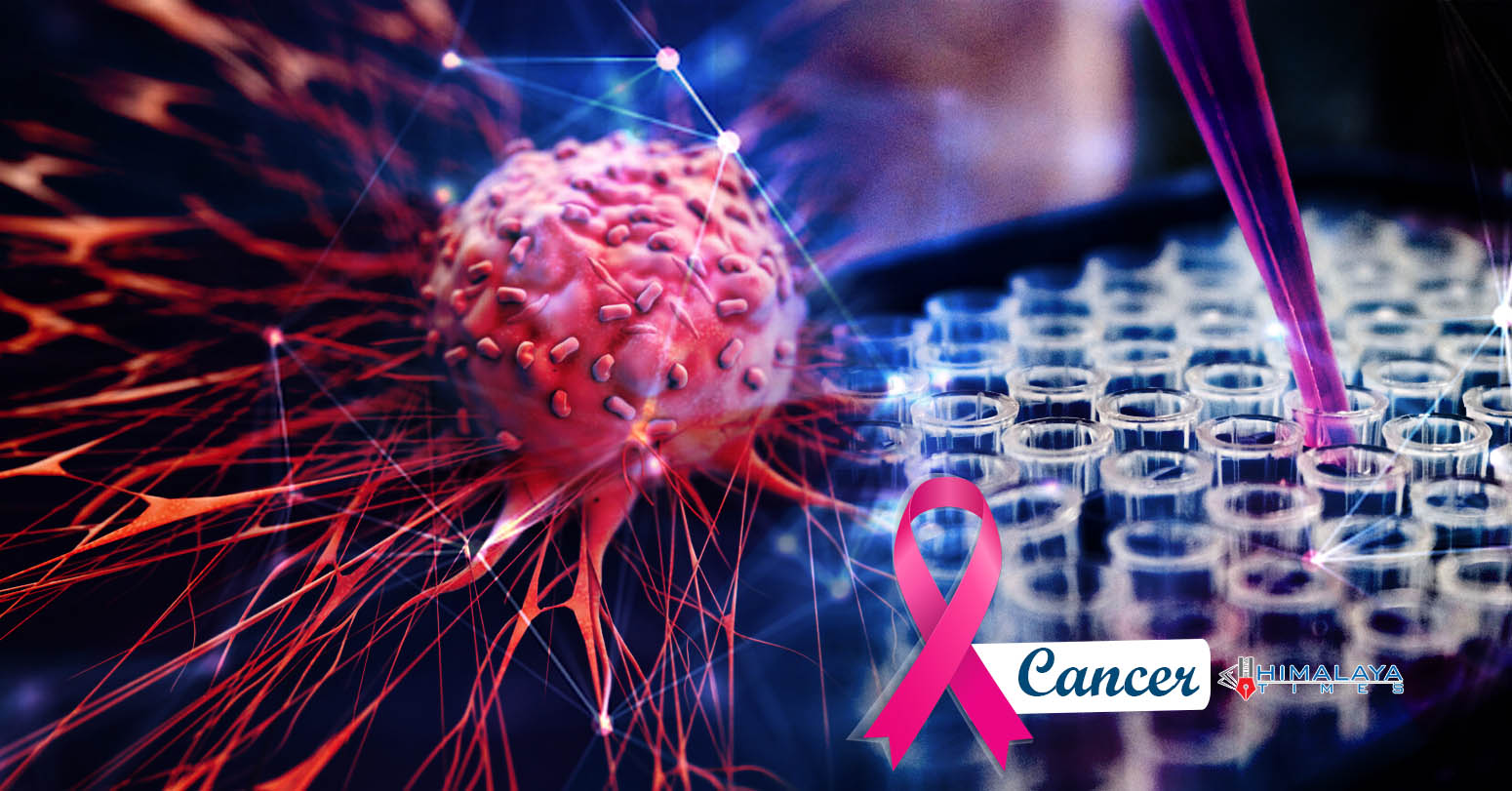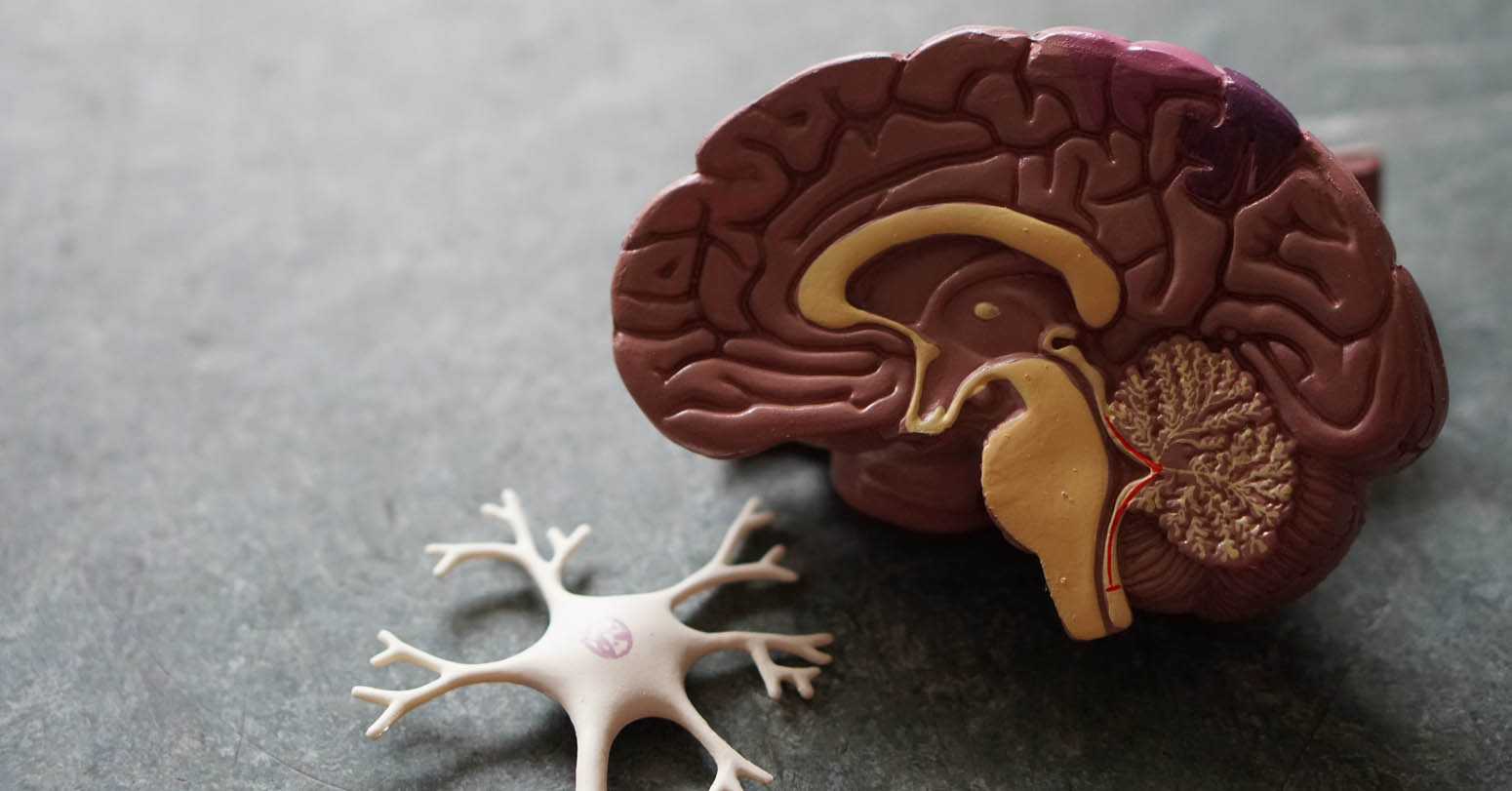A group of international scientists have mapped the genetic, cellular, and structural makeup of the human brain and the nonhuman primate brain in a compendium of papers published on Thursday.
A total of 24 papers were published across Science, Science Advances, and Science Translational Medicine, detailing the exceptionally complex diversity of cells in the human brain and the nonhuman primate brain.
The studies identify similarities and differences in how cells are organized and how genes are regulated in the human brain and the nonhuman primate brain.
This understanding of brain structure allows for a deeper knowledge of the cellular basis of brain function and dysfunction, helping pave the way for a new generation of precision therapeutics for people with mental disorders and other disorders of the brain, according to the U.S. National Institutes of Health (NIH).
"Mapping the brain's cellular landscape is a critical step toward understanding how this vital organ works in health and disease," said Joshua A. Gordon, director of the U.S. National Institute of Mental Health.
"These new detailed cell atlases of the human brain and the nonhuman primate brain offer a foundation for designing new therapies that can target the specific brain cells and circuits involved in brain disorders," Gordon said.
-XINHUA



















Comprehensive Data Protection Law Critically
Gender Differences In Mental Healthcare
Messi Wins Best FIFA Men’s
Erosion of Democracy
Fly Dubai Catches Fire in
“Complexities of the South Asian